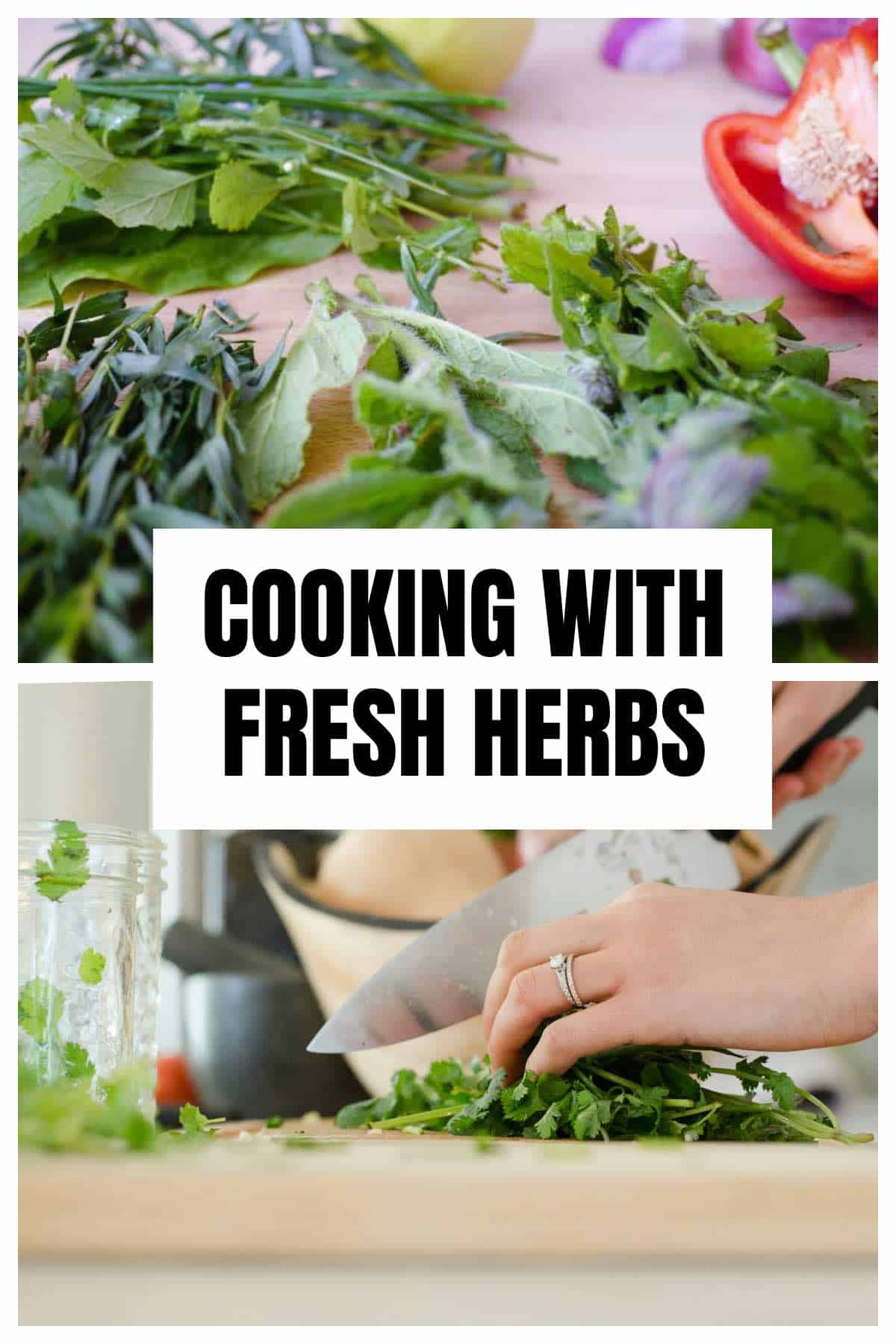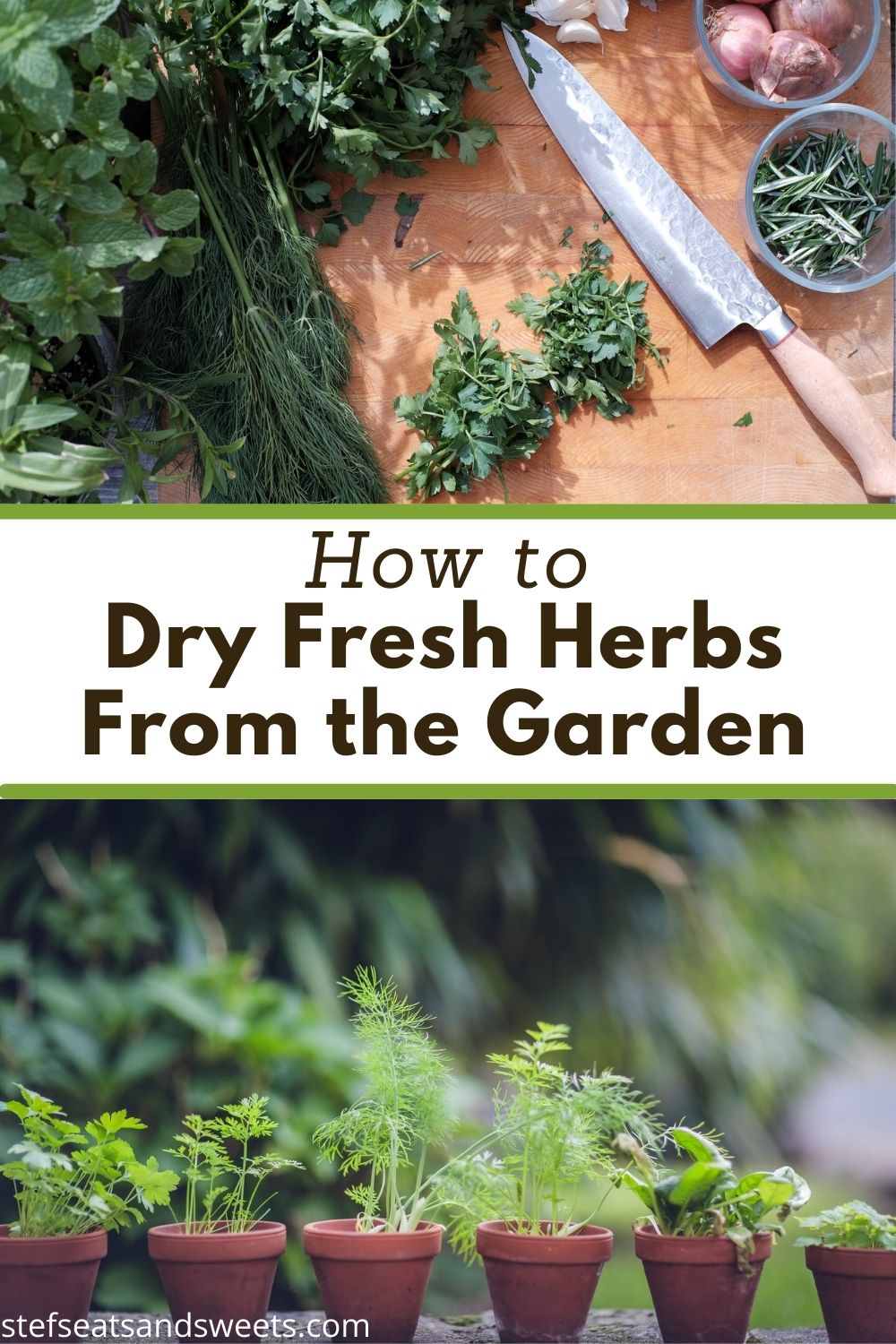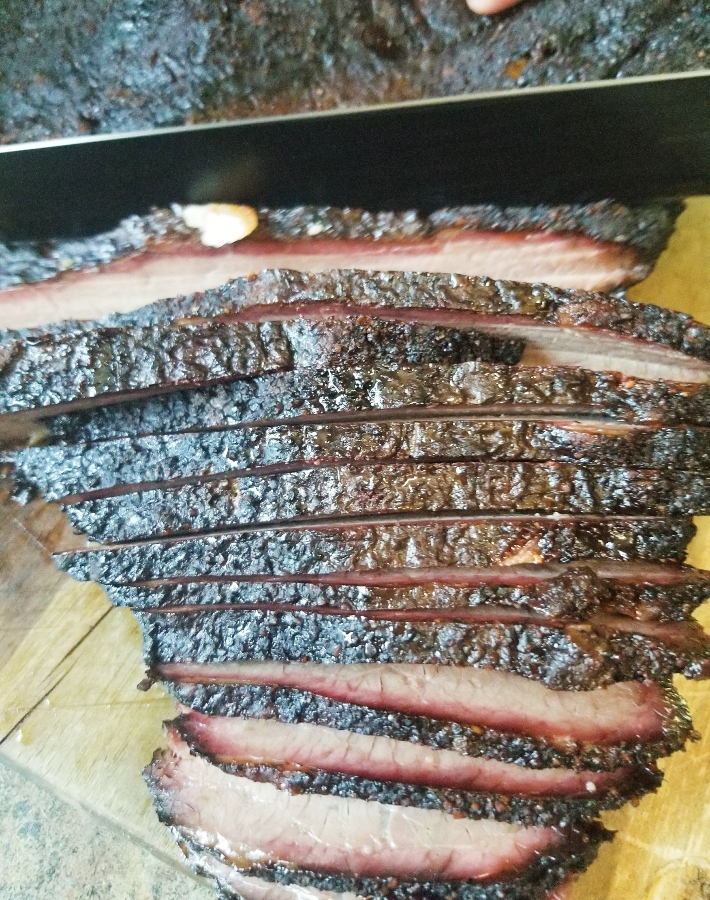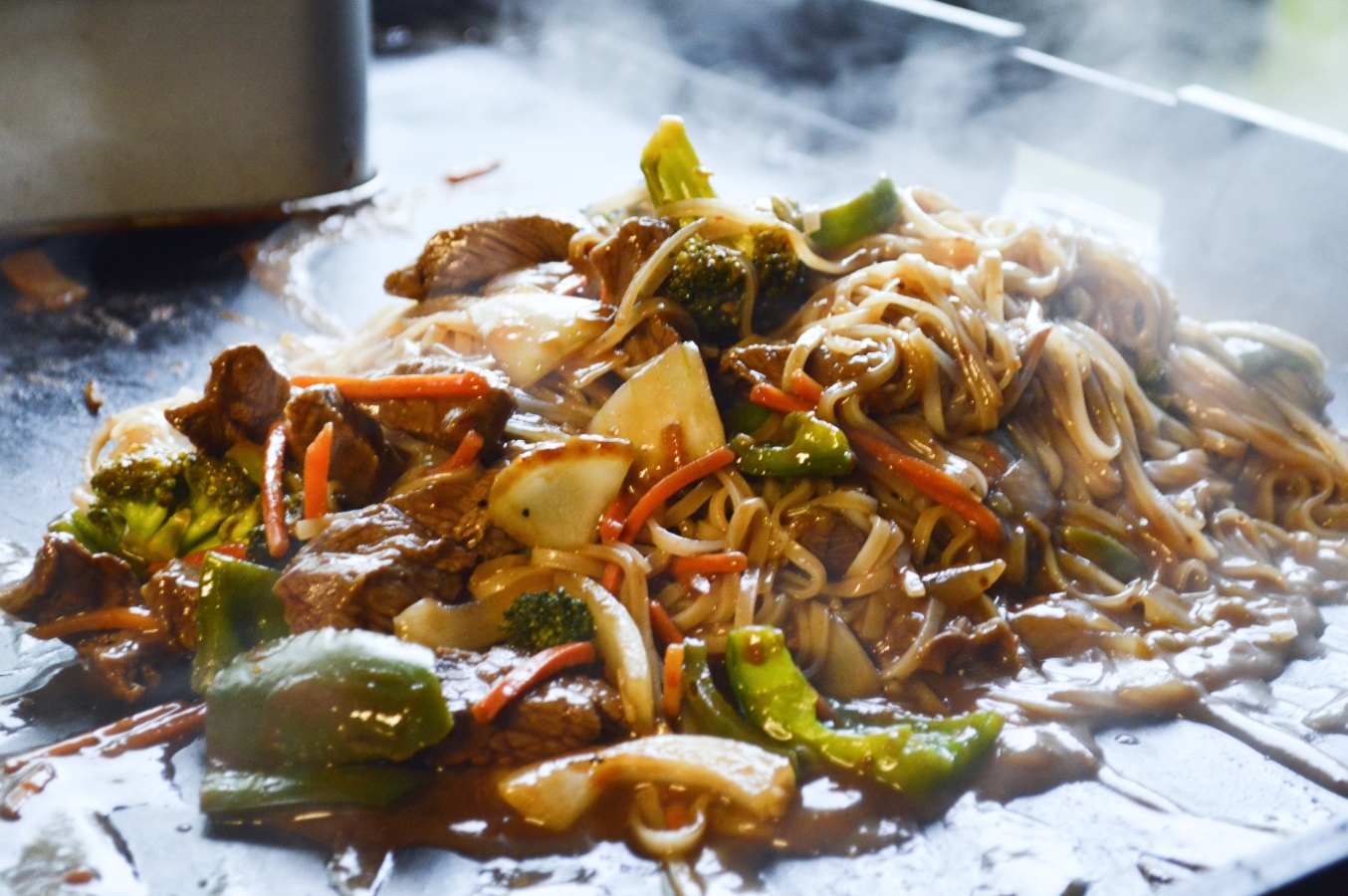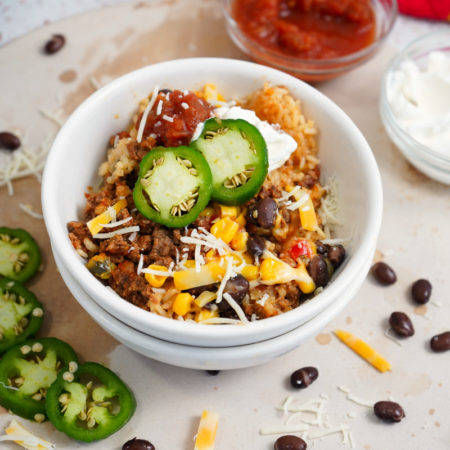Do you have tons or fresh herbs in the garden and don’t know what to do with them? Or maybe you are wanting to experiment a little more in the kitchen? I’ve got you! Cooking with fresh herbs can sometimes seem a little intimidating. The secret to cooking with herbs is that it is not that big of a secret. Herbs add the freshness to a dish that cannot be duplicated. But here are some simple guidelines to help take the mystery out of using herbs.
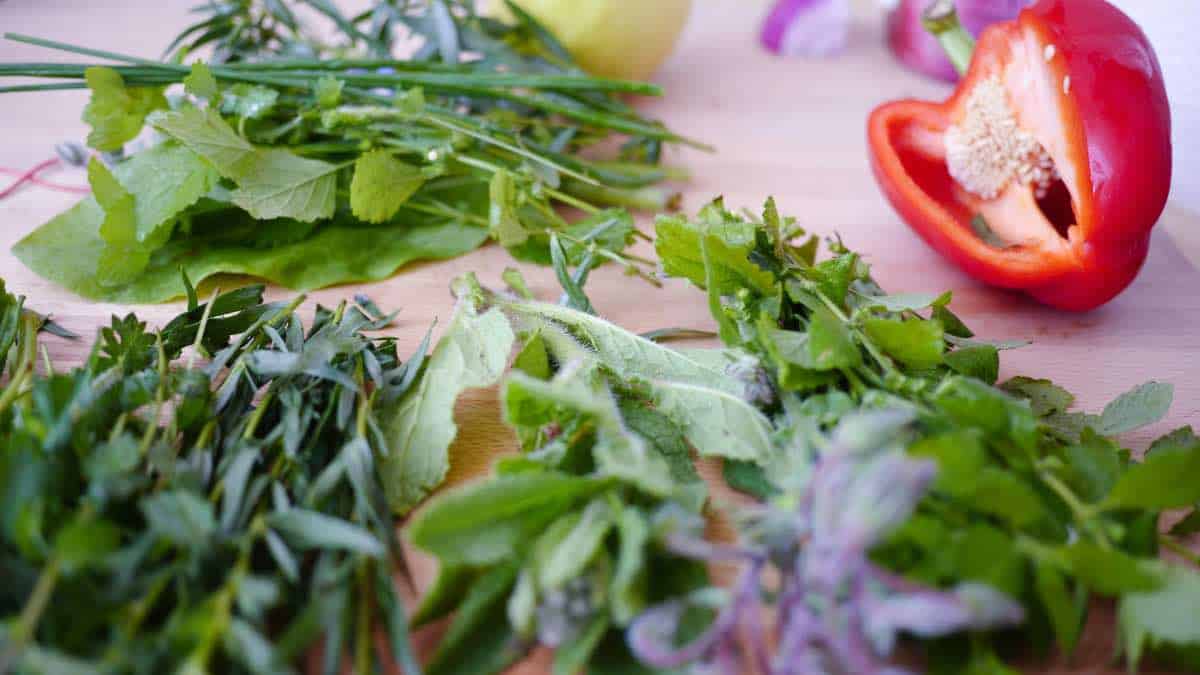
I always grow a few different herbs in the garden generally for garnishes in my photography. But as I keep learning new things in cooking, I have become a little more adventurous. So if I have the fresh herbs, I have been trying to implement them in my cooking and recipes a bit more. I love fresh basil on caprese salads, pizzas, and in my pasta sauce. BUT I know I have to step up my game a bit!
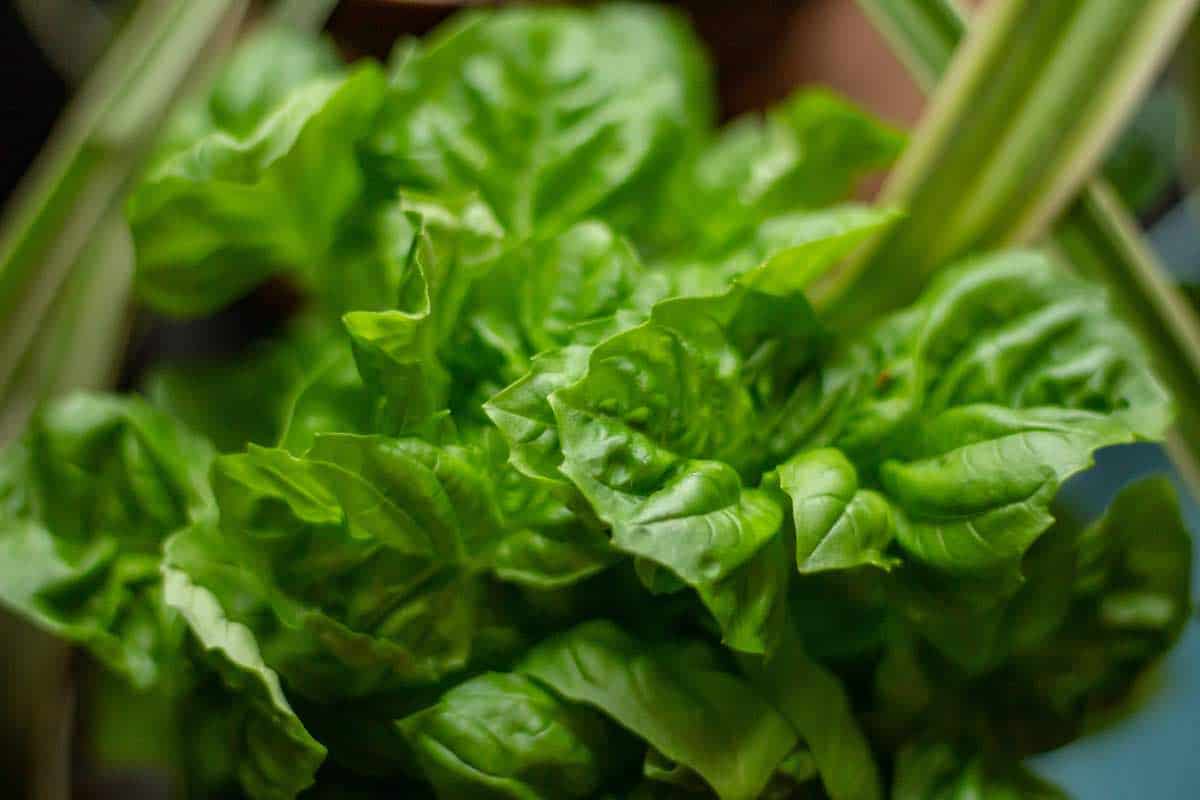
Taste and Smell
To help you understand the correct herb for the correct dish, try tasting the herb itself. Chew but donít swallow a clean leaf of an herb to get an idea of the fragrance and taste. Then try experimenting by adding an herb that appeals to your taste buds into a bland food, like mashed potatoes.
Cooking with herbs
You can experiment with any variety of herbs in this manner to help you understand the differences and varieties. Once you have developed a flavor idea of different herbs, start experimenting with other foods. You might try a little rosemary on a chicken breast or some oregano on a pizza.
While herbs are at their peak flavor prior to flowering, they can also be dried for later use. When substituting dried herbs for fresh herbs, you must use a smaller amount. If the recipe calls for one cup of fresh herbs, you would substitute one-third cup of dried.
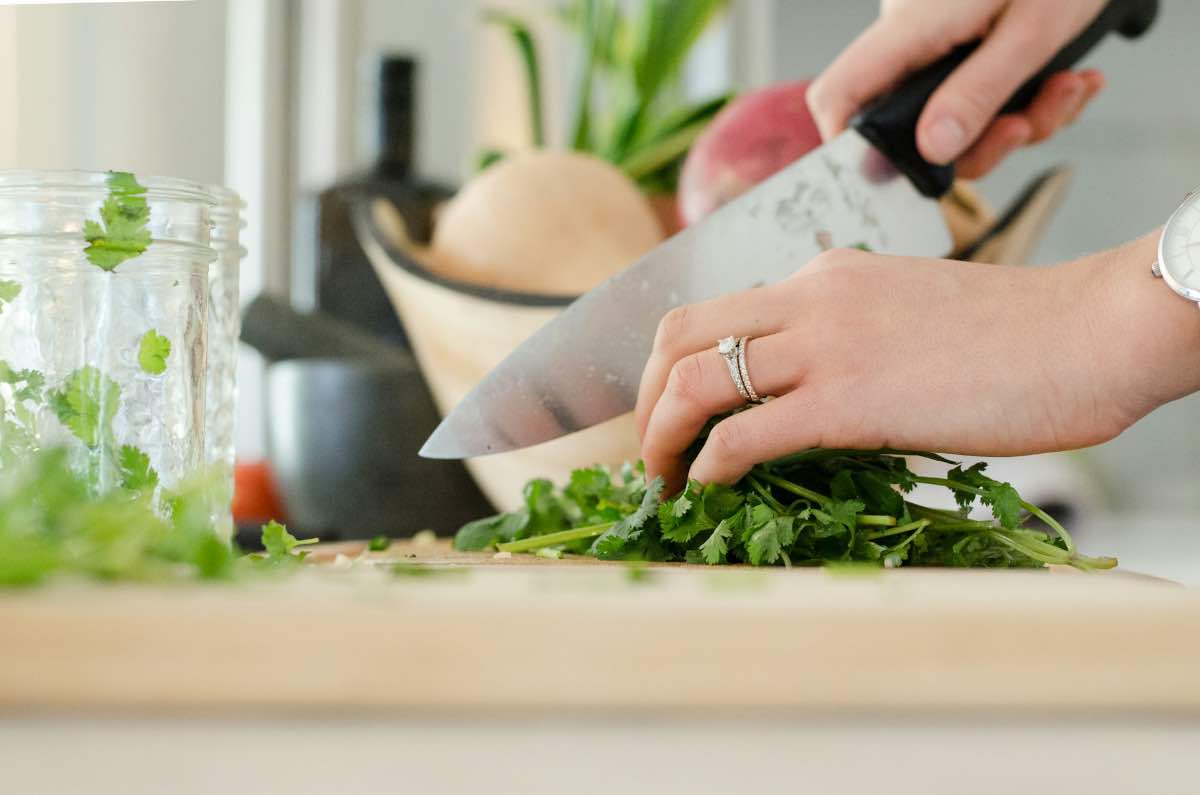
The following chart will offer a simple guideline to some of the more popular herbs:
| Basil | Only the leaves are used of the basil plant and available either fresh or dried. Basil adds a minty, clovelike flavor to sauces, salads and pesto. Basil is also a perfect compliment to tomatoes. |
| Chives | Both the leaves and flowers of the chive plant are used. With an appearance of long grass, simply snip the mild onion-flavored leaves when needed. While you can use chives fresh or frozen, this is one herb that will not dry well. Uses include soups, salads, eggs, vegetables, chicken, soft cheese spreads, butters, sauces and fish. |
| Cilantro | Also known as fresh coriander or Chinese parsley, cilantro is used to flavor dishes ranging from Asian to Indian to Mexican. Use sparingly, though, as too much cilantro will give your food a harsh, soapy flavor. |
| Marjoram | Only the leaves of the marjoram plant are used and are available both fresh and dried. Very similar to oregano, marjoram carries a sweeter, milder flavor. Marjoram makes a great addition to almost any meat or vegetable dish. |
| Parsley | Only the leaves of the parsley plant are used to add a mild, fresh taste to most dishes. Both flat-leaf parsley (also called Italian Parsley) and curly-leaf varieties are available and are virtually interchangeable in dishes that call for parsley. |
| Thyme | Both the leaves and flowers of the thyme plant are used and are available either fresh or dried. Thyme adds a flavor thatís a little bit minty and a little bit lemony. Uses of thyme include beef, fish, chowders, vegetables and tomato sauces. |
| Tarragon | Only the leaves are used of the tarragon plant which are available either fresh or dried. A favorite in French foods, tarragonís aromatic, licorice-like flavor makes a great addition to chicken, fish, eggs, butter, vinegars, and soups. |
| Sage | Both the leaves and flowers of the sage plant are used in cooking in both fresh and dried varieties. A must in most homes at Thanksgiving for the holiday stuffing served, you can also add sage to eggs, poultry, pork, beef, lamb or pasta. |
How to store fresh herbs
When you purchase fresh herbs from the supermarket, wash and dry them immediately. Wrap them in a dry paper towel, place in a Ziploc storage bag and refrigerate.
What are some of your favorite ways to use fresh herbs in cooking? Let me know!
Check out these recipes that utilize fresh herbs:
Make sure to PIN IT!
